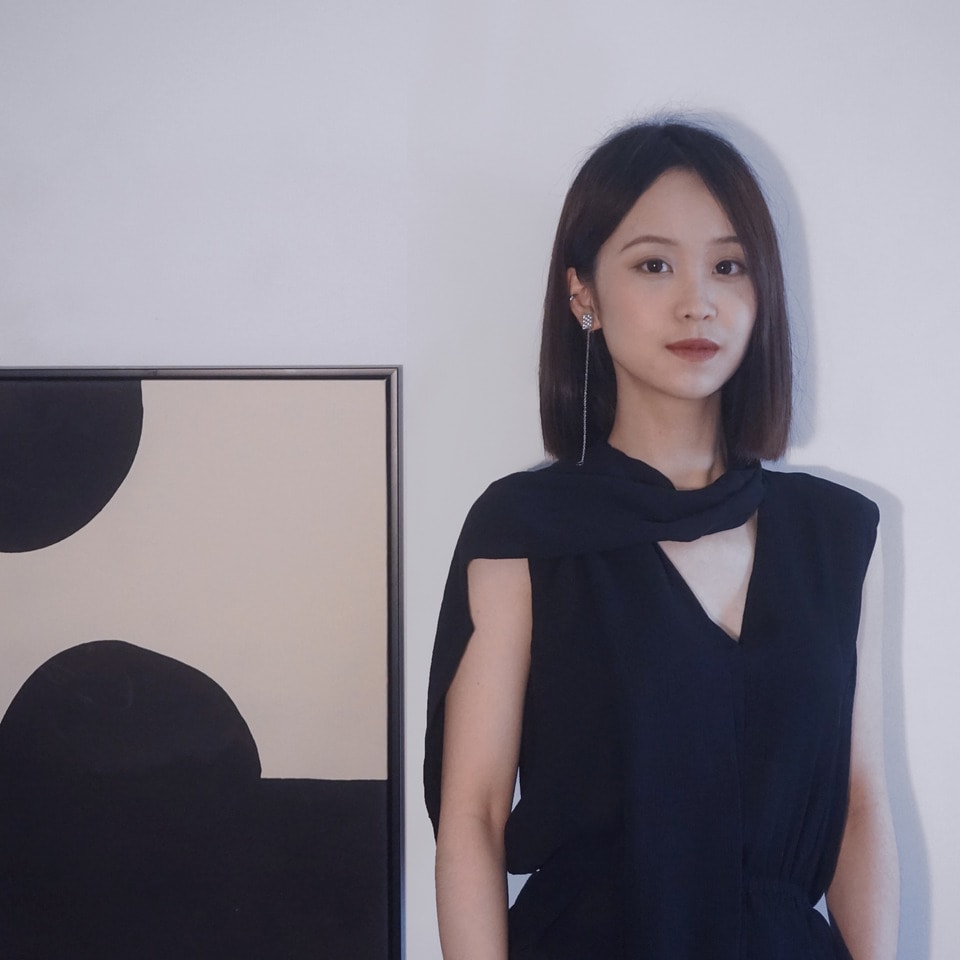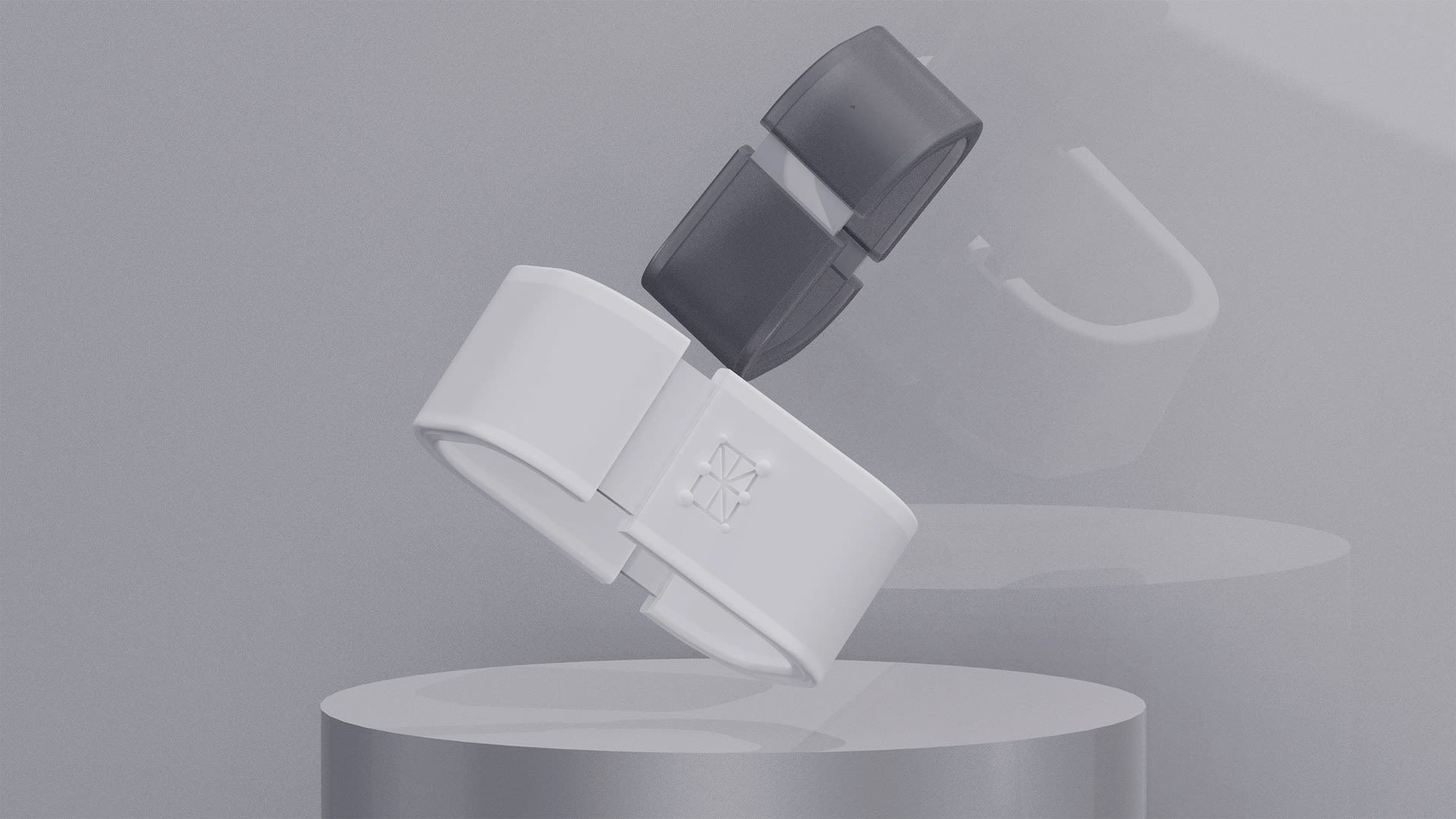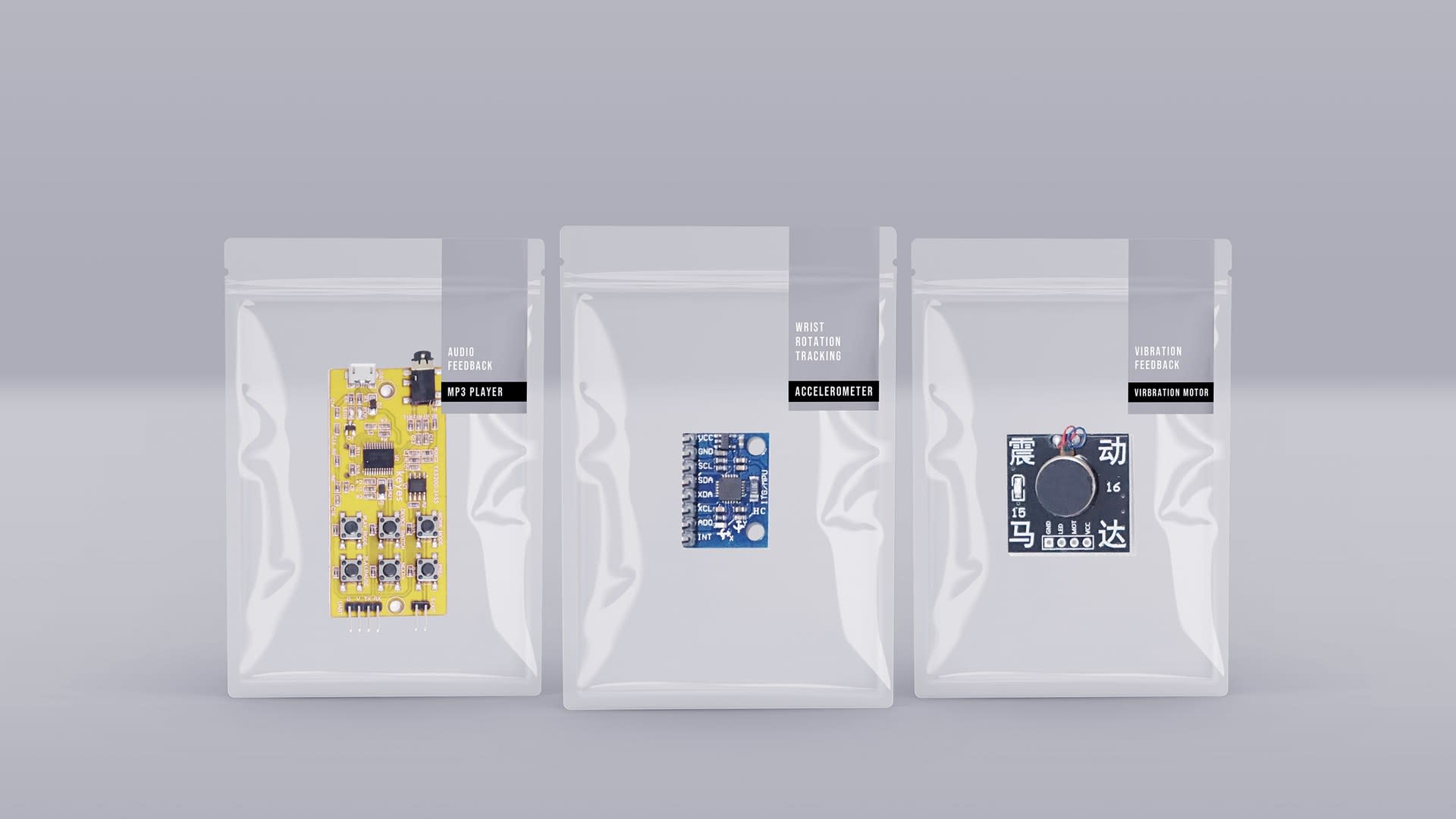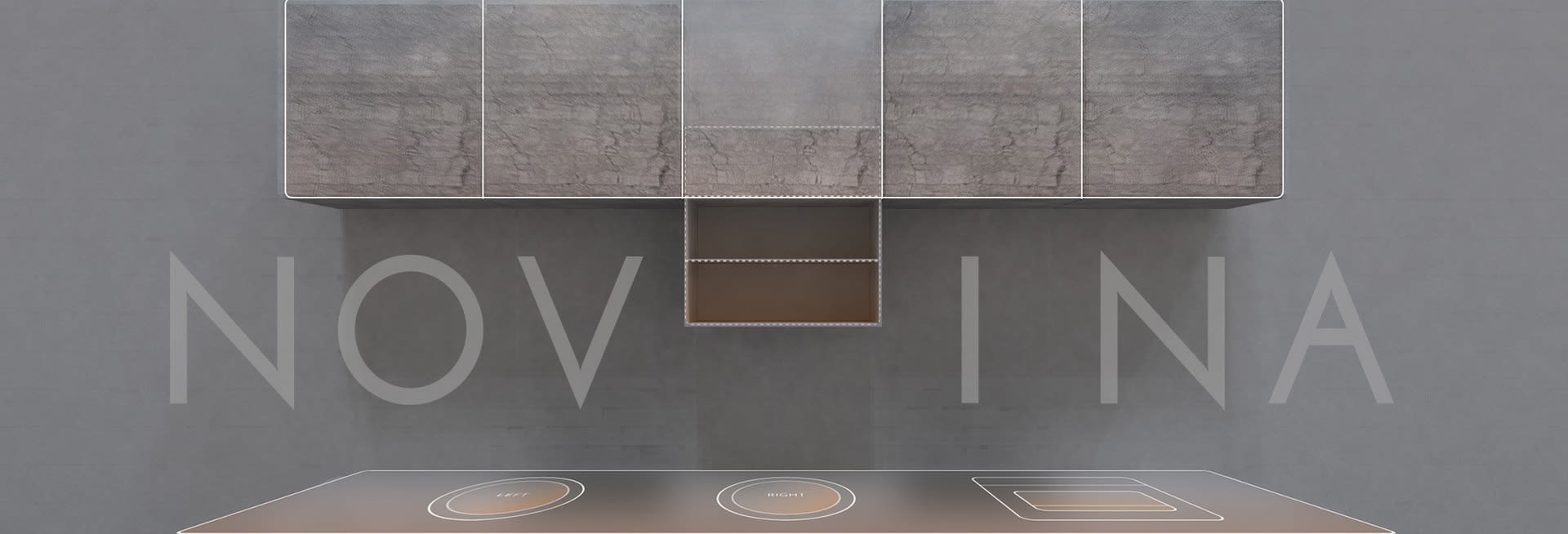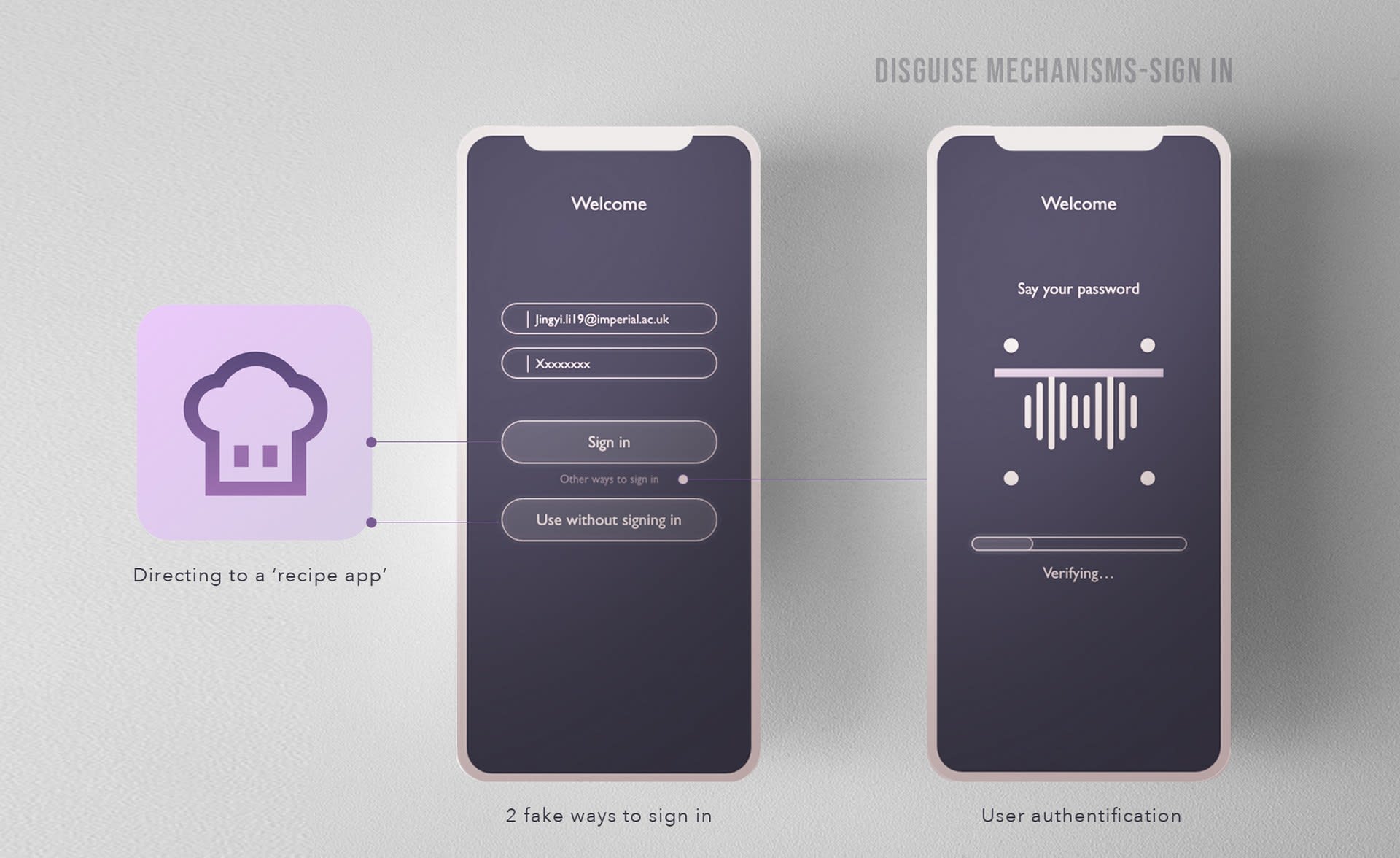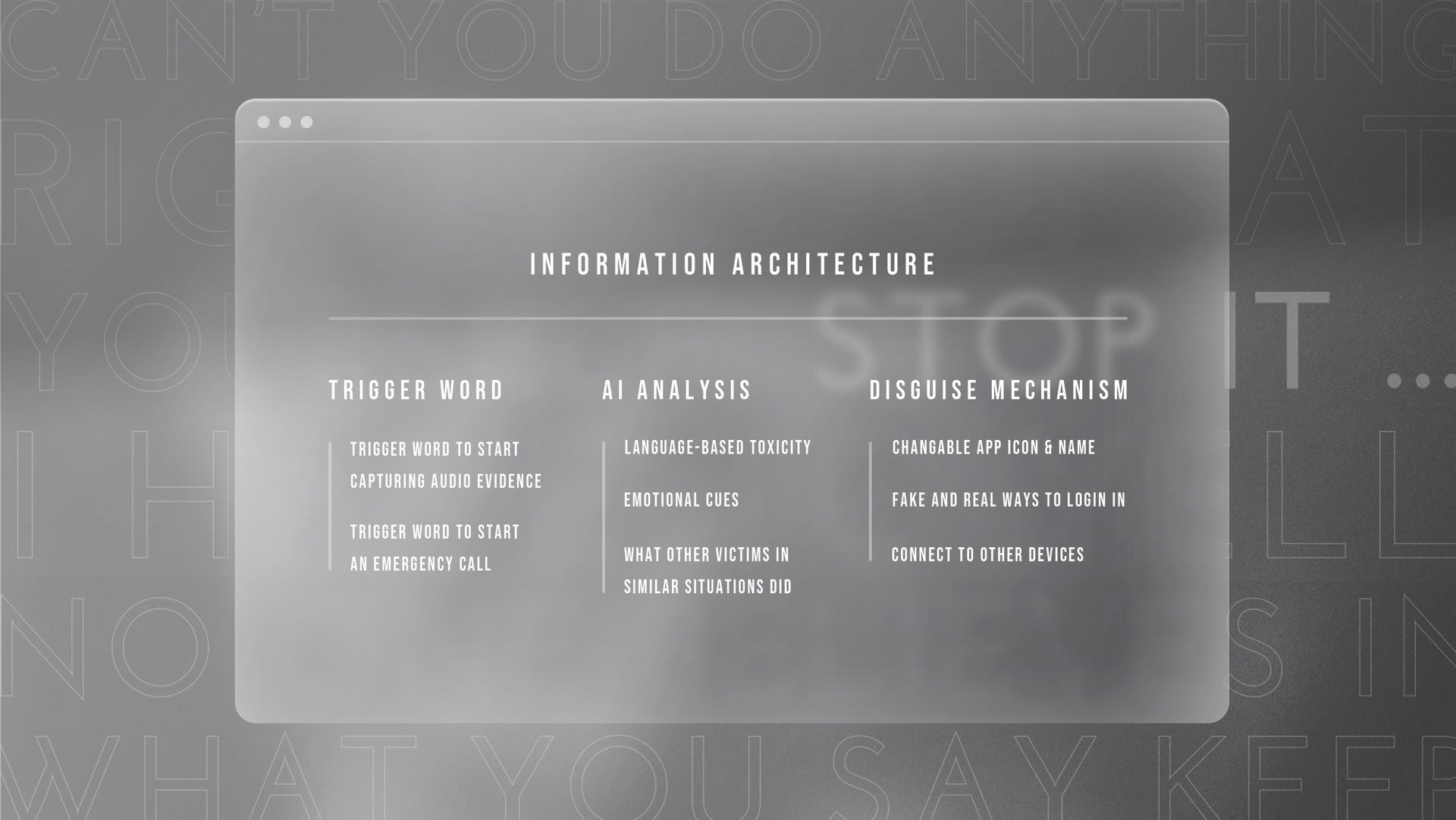I’m a human-computer interaction designer and researcher promoting digital inclusion in my work.
Education:
MA/MSc Global Innovation Design (RCA & ICL) - Distinction
BA Internet and New Media (Sun Yat-sen University) - First Class Honours
Experience:
I worked as an interaction designer for NetEase Game before I started my master’s.

